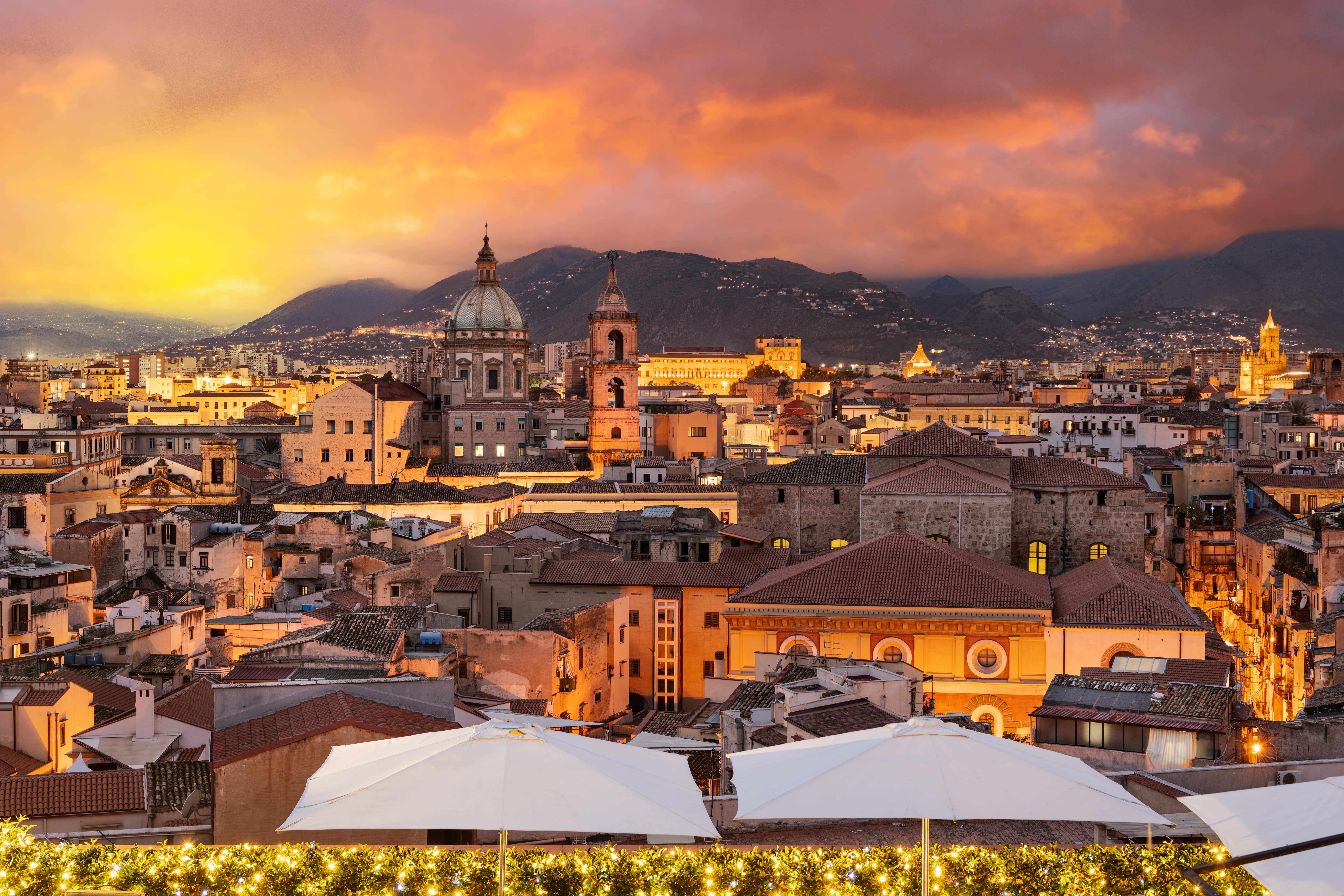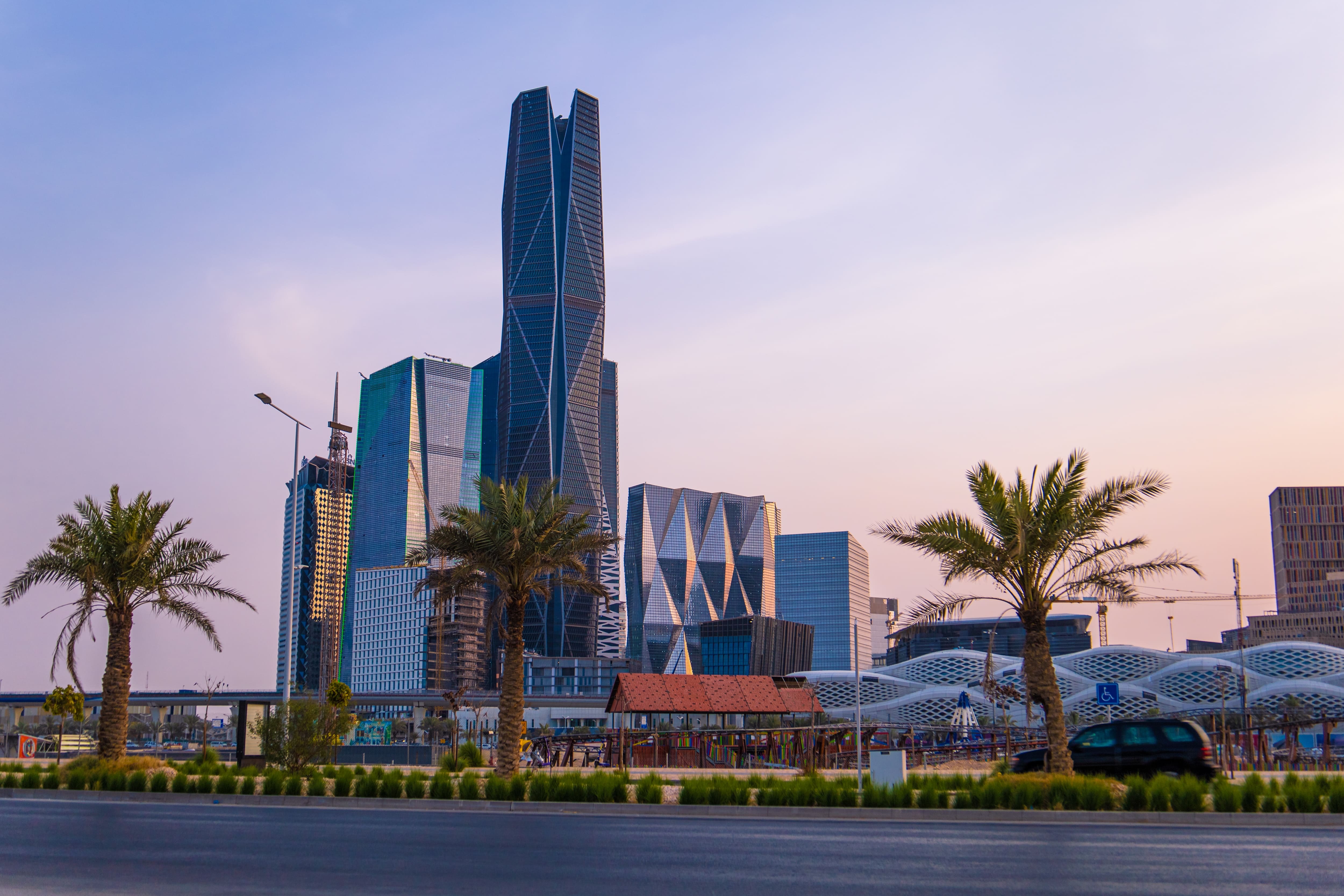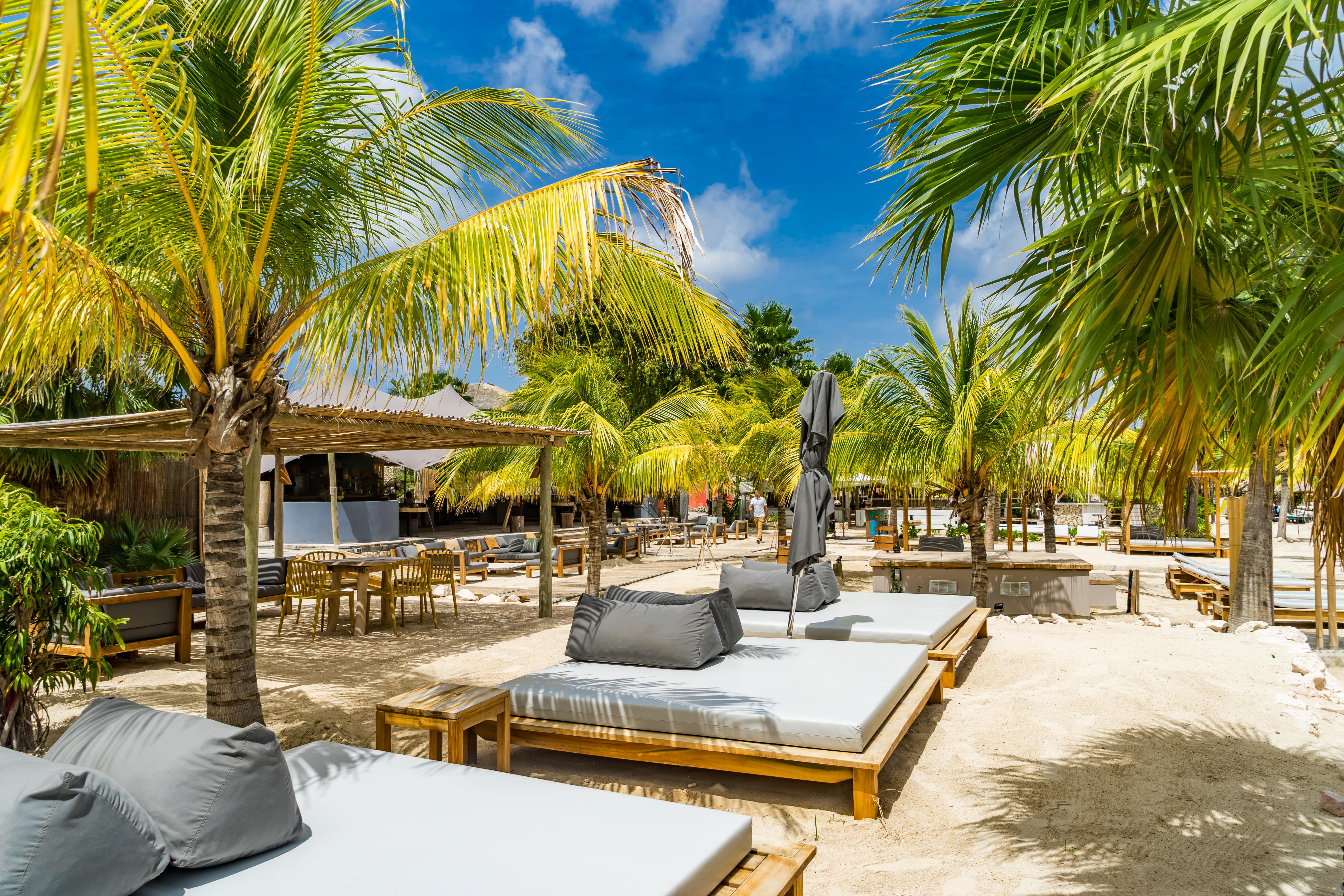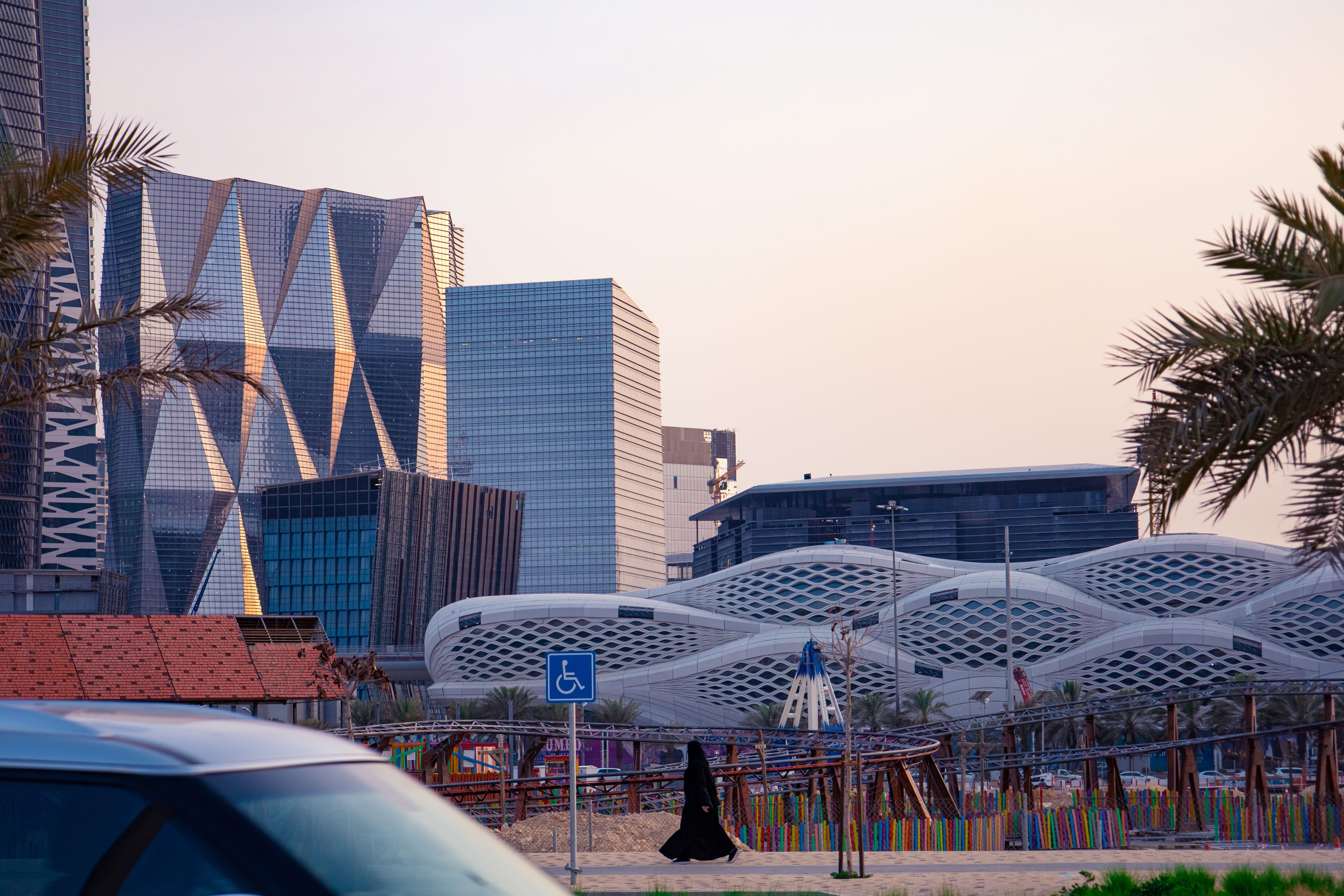Driving in Italy: Rules, Risks & Rewards on Italian Roads
August 1st 2025
Italy is more than just pasta, piazzas, and picturesque views—it’s a country best explored with the freedom of your own wheels. Whether you're zipping through the rolling hills of Tuscany, cruising along the Amalfi Coast, or navigating ancient Roman streets, driving in Italy gives you unmatched flexibility.
But before you get behind the wheel, there are a few things you should know—especially if you’re a tourist visiting from abroad. From ZTL zones and toll roads to parking rules and potential fines, this guide has you covered with everything you need for a stress-free drive across Italy.
Can Tourists Drive in Italy? The Basics
Yes—tourists can drive in Italy, and it’s a great way to explore the country’s stunning landscapes, coastal roads, and charming small towns. But before you get behind the wheel, there are a few things you need to know to make sure you're driving legally and safely.
What Documents Do You Need?
If you're visiting Italy from another country, make sure you carry the following:
- A valid driver’s license from your home country.
- If you're from the EU/EEA, your regular license is fine.
- If you're from the U.S., Canada, Australia, or elsewhere, you’ll also need an...
- International Driving Permit (IDP)
- This is a translation of your license, not a replacement.
- You must carry both your home license and the IDP.
- Example: If you're from the U.S., you can get an IDP through AAA before your trip. It's valid for one year.
- A passport or national ID for identification.
- Rental car documents, including:
- The rental agreement
- Proof of insurance
- Contact info for roadside assistance (often provided by the rental company)
Age & Experience Requirements
In Italy, the legal driving age is 18, but most rental companies have stricter rules:
- You must be at least 21 years old
- Have held a license for at least 1 year
- If you’re under 25, expect a young driver surcharge (typically €20–€30/day)
Tip: Always double-check the rental policy when booking online, as age requirements can vary by company and car category.
Understanding Italian Roads and Signage
Driving in Italy means dealing with varied terrain, from narrow cobblestone streets to high-speed highways. Here are the road types:
- Autostrade (Highways): Toll roads, marked with green signs (e.g., A1, A4)
- Strade Statali (State Roads): Major roads, free of tolls, blue signs
- Strade Comunali (Local Roads): Often narrow, winding, and scenic
Speed limits (unless posted otherwise):
- Urban areas: 50 km/h (31 mph)
- Secondary roads: 90 km/h (56 mph)
- Highways: 130 km/h (81 mph)
Watch for roundabouts—they’re common—and road signs are usually only in Italian, so learn key terms like:
- Uscita = Exit
- Divieto di Sosta = No Parking
- Autovelox = Speed Camera
The Infamous ZTL in Italy: What Tourists Must Know Before Driving
One of the most confusing—and costly—parts of driving in Italy for tourists is dealing with ZTLs, or Zone a Traffico Limitato (Limited Traffic Zones). If you’ve never heard of them, don’t worry—you’re not alone. But failing to understand how they work can ruin your trip budget with unexpected fines, so let’s break it down in simple terms.
What is a ZTL and Why Does It Exist?
A ZTL is a designated area in a city or town where vehicle access is restricted during certain hours, typically to reduce traffic congestion, protect historic city centers, and cut down on pollution. They’re common in over 300 Italian towns and cities, including popular tourist destinations like:
- Rome
- Florence
- Milan
- Bologna
- Pisa
- Palermo
- Verona
In these zones, only authorized vehicles are allowed to enter during active hours. This usually includes residents, emergency services, public transportation, and delivery vehicles. Rental cars and private tourist vehicles are not allowed, unless specifically registered in advance.
How Are ZTLs Enforced?
Every ZTL entrance is monitored by video surveillance cameras. These cameras automatically capture your license plate when you enter the zone. If the plate isn’t registered on the authorized vehicle list, a fine is triggered automatically and without warning.
And here’s the catch: you won’t get the fine right away. Fines are typically mailed to your home address weeks or even months after your trip. If you rented a car, the rental company will forward your information to the authorities, and they may charge you an admin fee—usually around €30–€50—on top of the actual fine.
How Much Are the Fines?
Fines for unauthorized entry into a ZTL range from €80 to €300, depending on the city and severity. And yes, you could get multiple fines in one day if you pass in and out of multiple zones or re-enter the same one.
Important: Italian law gives authorities up to 360 days from the offense date to notify non-residents of the fine. So don’t be surprised if it arrives long after your vacation ends.
How to Avoid ZTL Fines
Look for ZTL signs: They’re usually a white circle with a red border, placed at the entrance to restricted streets. Unfortunately, these signs are often high above eye level and written only in Italian.
Check city-specific rules: ZTL hours and rules vary. For example:
- Contact your hotel before driving in: If your hotel is located within a ZTL, ask them to register your license plate with the local authorities. This gives you temporary permission to enter the zone for check-in or parking.
- Use Park & Ride options: Many cities offer public parking lots outside ZTLs. You can leave your car there and take a bus, tram, or walk into the centre.
For example, a tourist visiting Florence unknowingly drove into a ZTL to reach their hotel. The hotel later confirmed they hadn’t registered the guest’s license plate in time. The result? Four separate fines totalling €400, all delivered 6 months after their trip, plus an extra €40 admin charge from the rental company.
Essential Factors to Consider
- Don’t rely on your GPS—it may not warn you about ZTLs.
- Always check ZTL maps and local city websites before driving.
- If unsure, don’t enter—park outside and walk or use public transport.
Understanding ZTLs is essential for anyone planning to drive in Italy. A little research and planning can save you from a big financial headache—and help you enjoy Italy’s incredible cities stress-free!
Fines, Fees, and What Happens If You Break the Rules While Driving in Italy
Driving in Italy isn’t hard, but the rules are strictly enforced, and the fines can add up quickly if you’re not careful. Italian traffic laws are designed to protect both drivers and pedestrians, especially in busy city centers and historic areas. Tourists often get caught off guard because enforcement is done automatically, with surveillance cameras, and fines can arrive long after you've returned home.
Common Traffic Fines in Italy
Here’s a breakdown of the most frequent violations and their typical penalties:
- ZTL violation (Limited Traffic Zone): €80–€300
- Mild speeding (under 10 km/h over limit): €41–€168
- Serious speeding (over 40 km/h): Up to €800 or more
- Illegal parking (e.g., in restricted zones or blocking a driveway): €40–€85
- Using a mobile phone while driving without hands-free: Starts at €160 and can lead to license points being deducted.
These amounts can vary depending on how quickly you pay. Some fines are discounted by 30% if paid within 5 days, so acting quickly can save you money.
Drinking and Driving: BAC Limits & Penalties
Italy’s drink-driving rules are stringent, and penalties can be serious:
- Legal BAC limit: 0.5 g/L (0.05%) for regular drivers, zero for new drivers (under three years), drivers under 21, or professional drivers.
- BAC 0.5–0.8 g/L: Ordinary drivers face fines between €532–€2,127, license suspension for 3–6 months, and 10 penalty points. Special category drivers pay higher fines and lose more points.
- BAC 0.8–1.5 g/L: This is a criminal offense. Fines range from €800–€3,200, with possible jail up to 6 months and license suspension of 6–12 months.
- BAC above 1.5 g/L: Severe penalties apply: fines from €1,500–€6,000, license revocation up to 2 years, and imprisonment up to 1 year. Vehicle seizure may also occur.
- Refusing a breath test: Automatically treated as 1.5 g/L+—same penalties as above, with suspension, possible jail, and vehicle impoundment.
A failed BAC test also results in a loss of 10 points. For new drivers or those under 21, the score may drop faster, or license can be cancelled entirely.
How and When Do Fines Arrive?
The tricky part for travellers is when and how these fines show up. You might not receive a ticket on the spot. Instead, your violation is usually caught by a traffic camera and logged into the system.
If you're a foreign tourist, the fine is often mailed to your home address weeks—or even months—after your trip. Authorities have up to 360 days to send you the fine.
Many tourists receive the notice through an international debt collection agency acting on behalf of Italian police or city governments.
How to Pay or Dispute a Driving Fine in Italy
You can typically pay or contest the fine online via:
The letter you receive will include a username and password for logging into the system, where you can see photos of the violation, details of the offence, and payment options.
Parking in Italy: A Quick Guide for Visitors
Finding a legal parking spot in Italy can feel challenging, especially in historic city centers. But knowing the rules—and color codes—can save you stress and unexpected fines.
Understanding the Color Codes
Italian streets use colored lines to show parking rules:
- White lines: Free parking, though local signs may still impose time restrictions. Always check hours!
- Blue lines: Paid parking. Use the ticket machines, mobile apps, or pay at local bars or tobacconists.
- Yellow lines: Reserved for disabled drivers, permit holders, or official vehicles. Don’t park there unless authorized.
Avoid These Spots
Never park near intersections, pedestrian crossings, bus stops, fire hydrants, or where signs say “Divieto di sosta” (No parking). Such violations often result in immediate towing or a fine between €40 €85.
You may also encounter signs reading *“Rimozione forzata”—meaning your car can be towed.
Smart Parking Tips
When visiting cities like Rome, Florence, or Venice, consider parking in a Parcheggi (public garage) or using a Park & Ride lot outside the ZTL (Limited Traffic Zone). Leave your vehicle there and walk or take public transport into the centre—safe, legal, and stress-free.
In smaller towns, free parking is often available on the outskirts or near supermarkets. Use these spots instead of driving into narrow, restricted streets.
Fuel Prices & Toll Roads: What You’ll Pay
Fuel Prices in Italy
As of mid‑2025:
- Petrol (benzina): ~€1.72 per liter (~$2.00 USD)
- Diesel (gasolio): around €1.60–€1.66 per liter
- GPL (liquefied gas): €0.70–€0.80 per liter, much cheaper but less widely available.
At these rates, filling a 50L tank costs between €80 and €90—something to consider if you're planning long drives.
Italy’s Toll Roads: What You Should Know
Italy's autostrade (highways) cover about 7,000 km of network across the country, one of Europe’s densest. Most of these roads are toll roads.
Toll Costs
- The average cost is about €0.09–€0.12 per km for standard passenger cars (Class A vehicles).
- A typical drive of 100 km costs €9 on average for the standard car class.
- Examples: Milan to Rome (~570km) costs around €32–€38; Rome to Naples (~225km) is about €18–€2.
Payment Options
- Manual booths: Pay with cash or a card at the toll gate.
- Telepass lanes: Use an RFID device to pass without stopping, with speeds up to 30 km/h in dedicated yellow lanes.
- Free-flow zones: In areas like A33, A36, and A59 near Milan, tolls are tracked via license plate recognition—you settle the fee online or via apps like Conto Targa.
Extra Costs & Penalties
If you take the wrong lane or exit without paying, expect additional surcharges. Always keep your ticket from entering and use it when exiting—otherwise, fines may apply.
Weather & Seasonal Driving Tips in Italy
Italy offers a delightfully varied climate, from sunny Mediterranean coasts to snowy alpine peaks. Understanding seasonal weather will help you plan safe and enjoyable road trips.
Summer (June–August): Expect hot and sunny days, especially in cities like Rome, Florence, and Palermo. Highs frequently reach 30–35 °C (86–95 °F). City centers can get crowded, so plan long drives early or late in the day. If your rental car sits in the sun, use sunshades and keep windows slightly cracked (if safe) to prevent overheating.
Winter (December–February): Northern Italy—from the Dolomites to the Apennines—gets regular snowfall. If you're planning routes through alpine passes or mountain villages, be prepared. Winter tires are mandatory in many northern regions during these months, and you may be required to carry snow chains, especially in mountainous zones. Tunnels and higher-altitude roads like the Great Dolomites Road often remain open, but it's best to check weather forecasts before venturing out.
Spring (March–May) & Autumn (September–November): These are ideal driving seasons. Temperatures are cooler (around 15–25 °C / 59–77 °F), and landscapes come alive—spring brings blooming hillsides, while autumn offers golden vineyards. Tourist traffic is lighter than in summer, which means better parking and more relaxing drives. However, April rainfall is common in Tuscany, so bring a light jacket and a rain cover for your luggage.
Mountain Driving Tips: When heading into higher elevations, always carry snow chains or winter tires between November and April. Weather can change rapidly—sunny mornings can become foggy or snowy afternoons. Drive cautiously, check local requirements, and make sure your car rental includes necessary equipment.
Best Scenic Drives in Italy: Routes That Inspire
Italy is tailor-made for scenic road adventures, combining dramatic landscapes, cultural landmarks, and unforgettable detours.
Amalfi Coast (Campania):
This iconic coastline, near Naples, is known for its dramatic roads, colorful cliffside towns, and sea views. The narrow, winding SS163 road hugs sheer cliffs with engaging hairpins near Positano and Amalfi. Drive carefully, take time to stop at seaside overlooks, and enjoy freshly squeezed lemon gelato.
Tuscany’s SR 222 (‘Chiantigiana’):
Stretching between Florence and Siena, this stunning route winds through vineyards, olive groves, and picturesque hill towns like Greve, Castellina & Radda. It’s especially beautiful during harvest season (September–October) and spring blossoms. Stop for wine tasting or olive oil tastings at local farmhouses.
Great Dolomites Road (South Tyrol):
One of Italy’s most epic alpine roads—SS 48—runs from Brixen to Cortina d’Ampezzo. Expect breathtaking mountain views, winding switchbacks, and alpine villages that feel straight out of a postcard. Available from late spring to early fall; some sections close in winter.
Sicily’s Coastal Drives:
From Taormina to Syracuse, you’ll pass volcanic landscapes (thanks to Mount Etna), ancient Greek ruins, and black-sand beaches. Coastal roads are less crowded than the mainland, and you can combine history, beaches, and seafood dinners easily.
Lakes of Lombardy:
Cities around Lake Como, Lake Garda, and smaller towns like Bellagio, Sirmione, or Riva del Garda offer scenic lakeside routes. Roads are mostly flat and well-maintained, perfect for relaxed driving with frequent stops for coffee or a swim.
Tip: On weekends, major cities often restrict drivers or attract heavy traffic. Instead, head to the countryside, coastal roads, or rural villages where parking is easier and the pace of life is slower.
Travelling with Kids or Accessibility Needs
Italy is surprisingly kid-friendly and accessible, especially if you plan ahead for families or travelers with disabilities.
Child Safety & Family Tips:
- Child seats are mandatory for children under 12 years old or shorter than 1.5m, as per Italian law. Bring your own or request when booking your rental car.
- Rest stops (Autogrill) along motorways are clean, safe, and equipped with kids’ areas, changing rooms, and snack shops. They appear every 20–40 km on toll roads.
- Apps like Google Maps or Waze work well for finding family-friendly restaurants, parks, or playgrounds along your route.
Digital Navigation: If you're travelling with children or multiple passengers, using a portable Wi-Fi router or an Italian SIM card ensures smooth communication and route changes. Co-working apps offer offline maps, while route-adjustment tools help avoid ZTLs and narrow streets.
Accessibility & Inclusive Travel:
- If you hold an EU disability card, you may park in clearly signed disabled spaces (usually outlined with yellow paint).
- Staying in or driving through a ZTL (Limited Traffic Zone) requires advance authorization from the city hall, even for disabled drivers. Your permit does not automatically allow access unless registered.
- Many hotels promote themselves as accessibility-friendly, featuring ramps, elevators, and reserved parking. Call ahead to confirm specific needs.
- Top destinations like Rome, Florence, Milan, and Venice offer accessible transport (buses with lift access, tactile paving for the visually impaired), and many museums provide free entry for carers or discounted tickets.
Driving a Rental Car in Italy: What to Expect
Renting a car is easy, but here’s what you should know:
- Book in advance, especially during peak season (June–August)
- Most rentals are manual transmission—request automatic early.
- Insurance is usually included, but check the deductible
- Some companies require an IDP, even if legally optional
Be sure to read the fine print—especially about ZTL fines and admin fees!
Popular rental pickup spots include:
- Major airports: Rome Fiumicino, Milan Malpensa, Naples
- Train stations: Florence Santa Maria Novella, Venice Mestre
- City centres (with possible ZTL access restrictions)
What Next?
Ready to explore Italy your way? With Finalrentals, you can rent a reliable and affordable car straight from Palermo Airport and hit the road with confidence. Whether you're cruising through coastal towns, navigating historic cities, or heading into the Tuscan hills, we’ve got the perfect ride for you. Our easy booking process, 24/7 support, and flexible pick-up options make car rental in Italy smooth and stress-free. No hidden fees—just pure driving freedom across one of Europe’s most scenic countries.
Book your rental car in Italy now and start your Italian adventure today.
































































